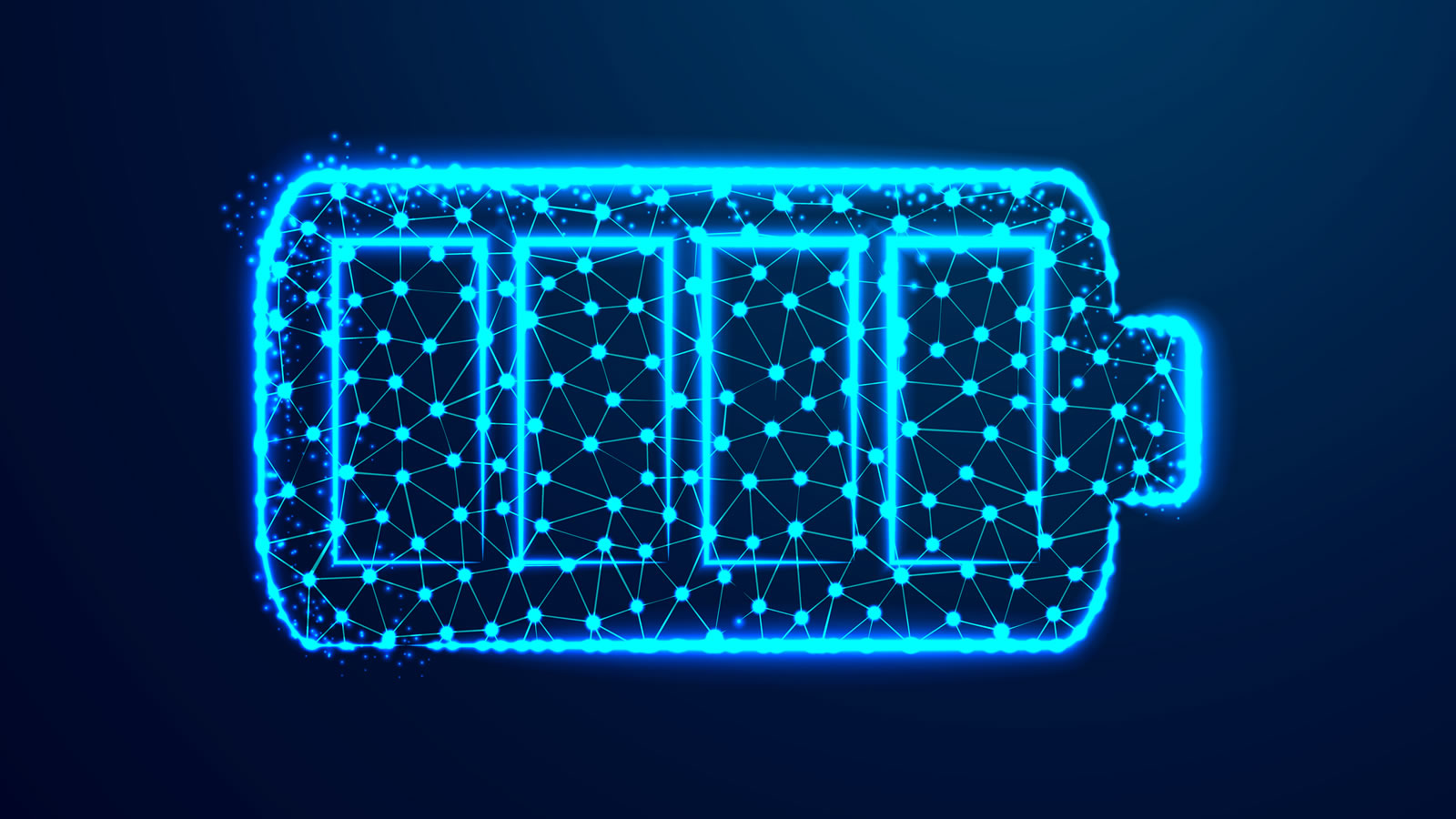Bluetooth Low Energy (BLE) technology has transformed the world of wireless communication with its low power consumption capabilities. However, extending the battery life of Bluetooth BLE devices is crucial to ensure long-term usability and user satisfaction. By implementing effective power management techniques and optimizing communication protocols, you can maximize the battery life of your Bluetooth BLE devices. In this expert guide, we will explore strategies to extend the battery life of Bluetooth BLE devices, enabling efficient and reliable performance.
- Optimize Power Consumption during Idle States
Idle states consume a significant amount of power in Bluetooth BLE devices. By implementing power-saving techniques during idle periods, you can minimize power consumption and extend the battery life. Consider the following strategies:
- Utilize low-power sleep modes when the device is idle or not actively transmitting or receiving data.
- Optimize advertising intervals to balance power consumption and responsiveness.
- Disable unnecessary features or peripherals that are not in use to conserve power.
- Efficient Data Transfer and Communication
Data transfer is a critical aspect of Bluetooth BLE devices and can significantly impact battery life. Implementing efficient data transfer and communication protocols can help reduce power consumption. Consider the following strategies:
- Minimize packet size to reduce the overall data transfer time and energy consumption.
- Opt for efficient data compression algorithms to reduce the amount of data transmitted.
- Utilize connection-oriented communication (GATT) instead of connectionless communication (advertisement) to optimize power consumption.
- Optimize Connection Parameters
Connection parameters play a crucial role in managing power consumption in Bluetooth BLE devices. By optimizing these parameters, you can strike a balance between power efficiency and responsiveness. Consider the following strategies:
- Adjust connection intervals based on the specific requirements of your application. Longer intervals reduce power consumption but may impact real-time responsiveness.
- Optimize supervision timeouts to ensure timely disconnection when devices are out of range or communication is no longer required.
- Fine-tune slave latency to minimize power consumption during idle periods while maintaining connection responsiveness.
- Implement Power-Aware Application Design
Application design and logic can also impact the battery life of Bluetooth BLE devices. Implementing power-aware design practices can optimize power consumption. Consider the following strategies:
- Minimize unnecessary background tasks or periodic updates that consume power.
- Implement intelligent sensor data sampling techniques to reduce the frequency of data acquisition when high precision is not required.
- Utilize efficient algorithms and data processing techniques to reduce computational load and minimize power consumption.
- Firmware and Software Optimization
Regular firmware and software optimization is crucial to maximize the battery life of Bluetooth BLE devices. Firmware and software updates often include bug fixes, performance enhancements, and power optimizations. Consider the following strategies:
- Stay updated with the latest firmware and software releases provided by the device manufacturer.
- Monitor power-related updates and bug fixes in firmware release notes.
- Optimize your application's code for power efficiency by leveraging platform-specific APIs and tools.
Conclusion
Extending the battery life of Bluetooth Low Energy (BLE) devices is vital for ensuring optimal performance and user satisfaction. By implementing power management techniques, optimizing communication protocols, and adopting power-aware design practices, you can significantly increase the battery life of Bluetooth BLE devices. Remember to prioritize efficiency, optimize connection parameters, and stay up-to-date with firmware and software releases. Embrace these expert strategies, unlock the full potential of your Bluetooth BLE devices, and provide a seamless and long-lasting user experience.

